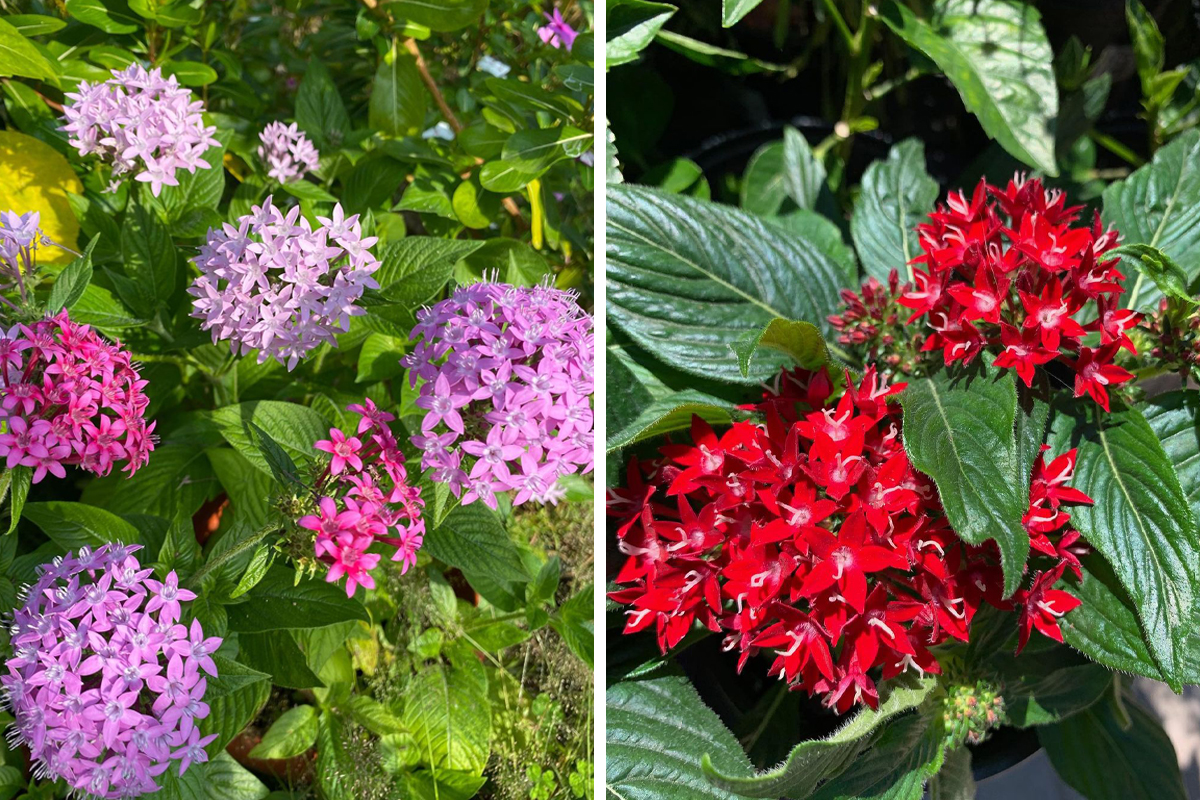
Why Pentas Are A Must-Have In Your Garden: All The Tips And Secrets
Pentas, those lovely bursts of color, are as easy to love as they are to care for. Known as Pentas lanceolata or Egyptian star cluster, they’re cheerful bloomers that adapt beautifully whether you’re in a warm or cooler climate. In warmer zones, pentas are perennials, returning each year to grace your garden with their presence.
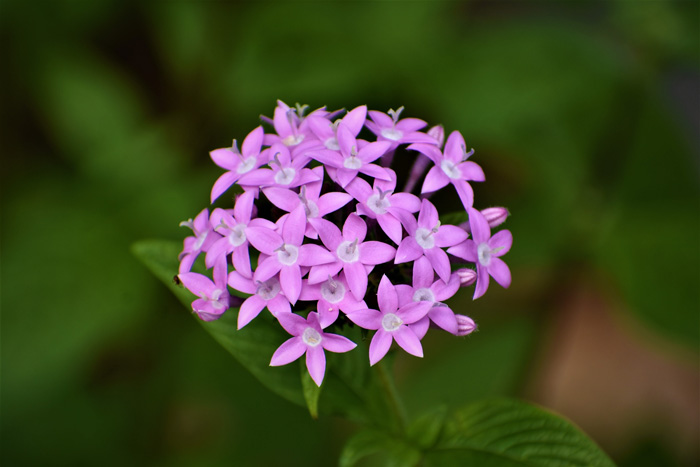
Image source: merayzon
Pentas Overview
What’s So Special About Pentas
Pentas offer so much more than stunning colors and easy maintenance. They are a magnet for garden biodiversity, drawing in hummingbirds, butterflies, and bees with their nectar-rich flowers.
Moreover, they’re known for their long-lasting blooms, ability to thrive in hot climates, and disease resistance! What’s there not to love? So, are you ready to add pentas flowers to your garden? Let’s find out how!
How To Grow Pentas
From choosing the perfect spot to nurturing these resilient flowers, embark on a journey to discover the secrets behind growing thriving Pentas plants.
Soil
Pentas are versatile enough to thrive both in garden beds and pots, making them a fantastic choice for any space. They prefer well-drained, fertile, slightly acidic to neutral soil.
When planting pentas seeds in your garden, give them space to grow. A good rule of thumb is to plant them about 18–24 inches apart. This spacing allows for adequate air circulation and room for each plant to reach its full potential.
Water

While pentas are somewhat drought-tolerant once established, they do best with consistent moisture. Regular watering, especially during dry spells, will keep them happy and blooming. However, avoid waterlogging the soil because pentas dislike having “wet feet.”
Light
Pentas are sun-lovers and thrive in full sun—they can tolerate partial shade, but that natural light is very much welcome! They bloom the best when they get at least 4–6 hours of sunlight daily. In regions with torrid summers, some afternoon shade prevents scorching.
Fertilizer
Feed pentas with a balanced, water-soluble fertilizer about once a month during the growing season to support their growth and blooming. The ideal fertilizer for pentas contains an equal amount of nitrogen, phosphorus, and potassium. This regular feeding will help produce the lush foliage and vibrant blooms pentas are so loved for!
Pruning
Deadheading, or removing spent flowers, encourages pentas to produce more blooms and maintain a neat appearance. While not strictly necessary, pruning is a good practice to enhance the plant’s overall health and aesthetic.
Propagation
A pentas flower can be easily propagated from cuttings during spring or early summer. Take a few inches of stem with a couple of leaves and place it in water or directly into the soil. Keep the soil moist, and in a few weeks, roots should develop, giving you new pentas plants to enjoy or share!
Pests and Common Problems
Pentas, while generally hardy, do face their share of pest challenges. Tiny culprits like aphids, spider mites, and whiteflies can attack your pentas, sucking the sap out of leaves, leaving them yellow and curled.
And let’s not forget the caterpillars, which LOVE munching on the leaves. An insecticidal soap or a spray of neem oil often does the trick, keeping your flowers healthy and pest-free.
Image source: melissabll
In some areas, deer might find your pentas delicious, especially when particularly hungry. To safeguard your pentas plants, consider deer repellents or a protective fence.
These simple steps can keep both tiny pests and larger foragers at bay, making sure your pentas grow undisturbed.
Varieties of Pentas
If we sparked your interest in this beautiful flower, you’ll find some truly charming varieties of pentas, each with its special flair! Let’s take a look at some pentas cultivars.
‘Graffiti’ Pentas
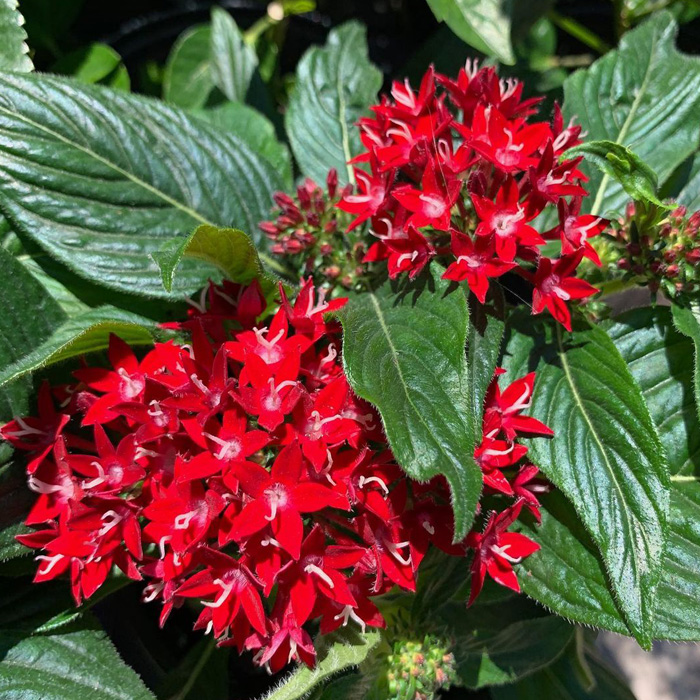
Image source: buchanansplants
Ideal for cozy spaces or pots, the Pentas lanceolata ‘Graffiti’ flowers are petite wonders, reaching heights of about 12 inches. They typically boast larger flower clusters and come in many shades, including bright red, pink, purple, and white. Known for thriving in the heat and blooming all summer, they are perfect for adding wonderful hues to your balcony or patio garden.
‘Kaleidoscope’ Pentas
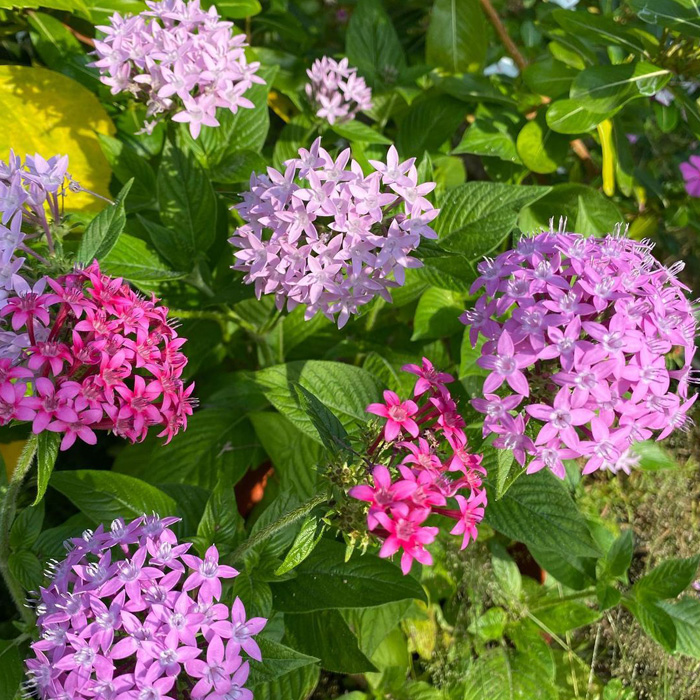
Image source: dr.anumurali
As the name suggests, the Pentas lanceolata ‘Kaleidoscope’ variety promises a burst of colors. This series dazzles with pink, red, and white flowers, forming a starry display. Growing bushy and reaching about 18 inches, it’s fantastic for borders or as a lively addition to container gardens.
‘Northern Lights’ Pentas
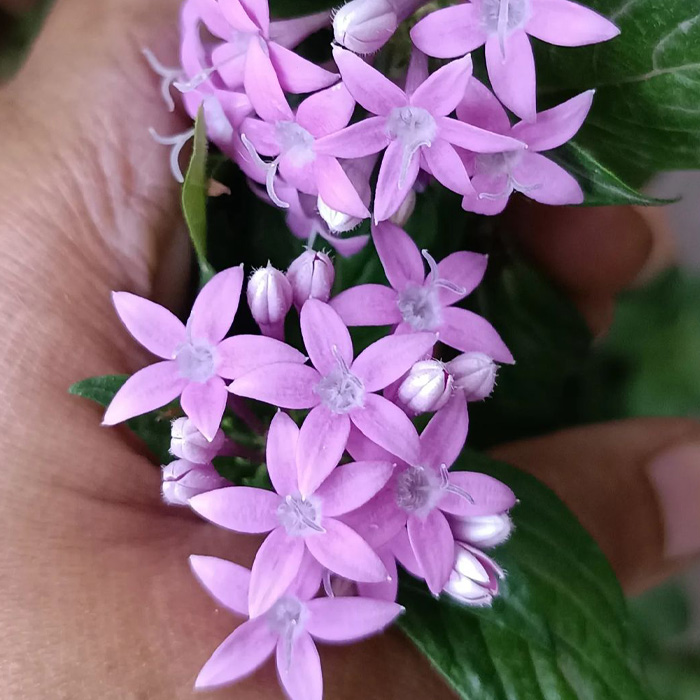
Image source: greenoph_ile
This variety is like a painting coming to life. With flowers in shades of lavender or pink, ‘Northern Lights’ pentas bring a unique aesthetic and are also slightly more resistant to colder climates. Growing up to about 3–4 feet, they’re a splendid choice to add an array of beautiful, natural colors reminiscent of the Northern Lights’ vibrant hues.
While these are standout cultivars, don’t miss other beauties like ‘Butterfly Deep Pink’ and ‘Lucky Star,’ each renowned for drawing in butterflies and creating a buzz with their distinct beauty.
Good Companions for Pentas
Pentas enjoy the company of certain plants—sometimes because of similar growing conditions, or maybe because they enhance their beauty, or even for practical benefits.
Angelonia
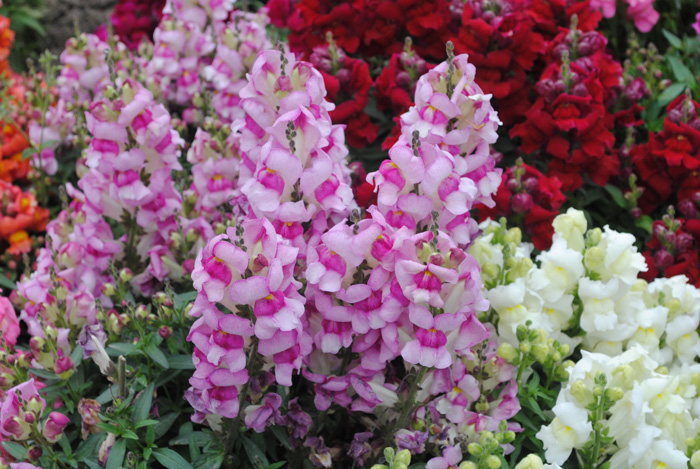
Image source: Nihal Shah
Angelonia stands tall next to the more compact pentas, offering a nice height contrast.
Marigold
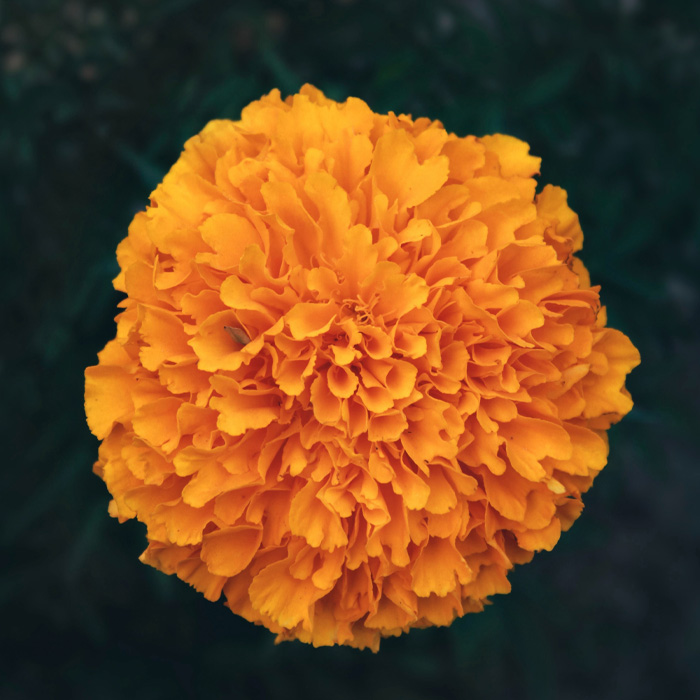
Image source: Filza H
Marigolds, with their vibrant colors, are a pretty addition that also works as a natural repellent against garden pests.
Lantana
Image source: Feyzanur SOYYİĞİT
Lantana pairs really well with pentas, both loving the sun and attracting a flurry of butterflies!
RELATED: Lantana Flowers: A Complete Guide to Growth and Care
FAQs
Do Pentas Spread Out?
Yes, pentas have a spreading habit. Depending on the type, they can grow 18 to 36 inches in height and width. When you plant them, give them room to show off their lovely blooms.
Do Pentas Bloom All Summer?
Yes, they do! Pentas are the stars of the summer garden, blooming non-stop from early summer to early fall. In warmer climates, you might even see their colorful flowers all year round.
Are Pentas Poisonous to Dogs?
Good news for pet owners: pentas are considered not toxic to dogs. However, while they’re considered a safe choice for gardens and homes, it’s important to note that no significant research has been done to prove that. Hence, it’s wise to watch for any signs of gastrointestinal discomfort if your dog—and any other of your pets, really—nibbles on them.
107views
Share on Facebook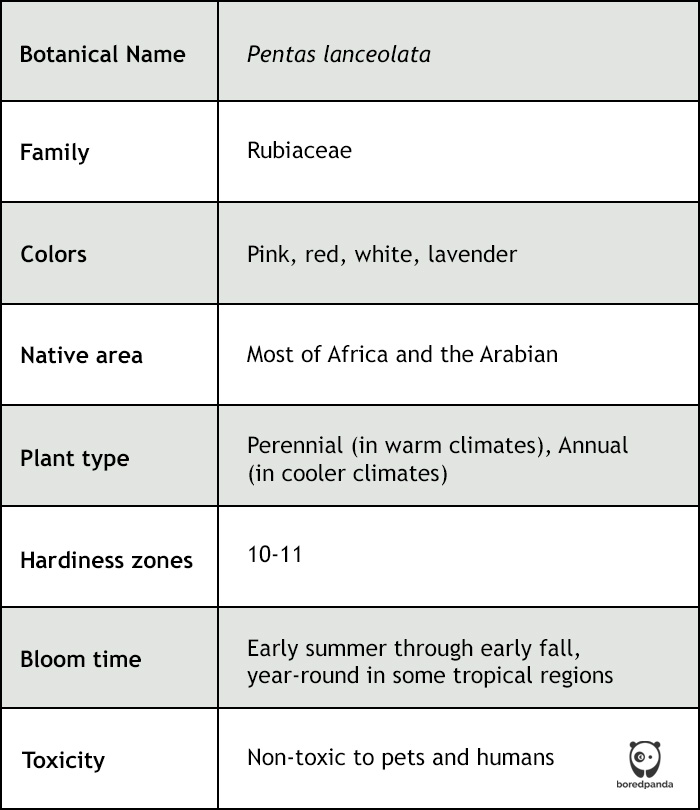
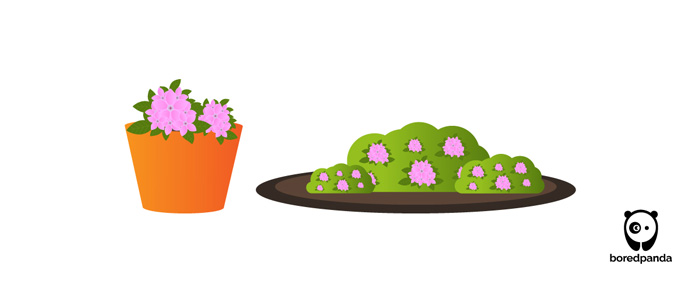




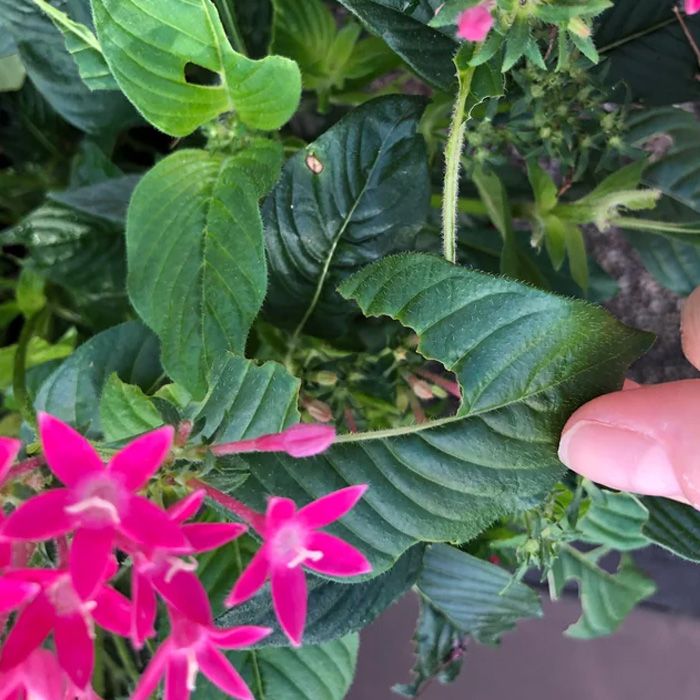
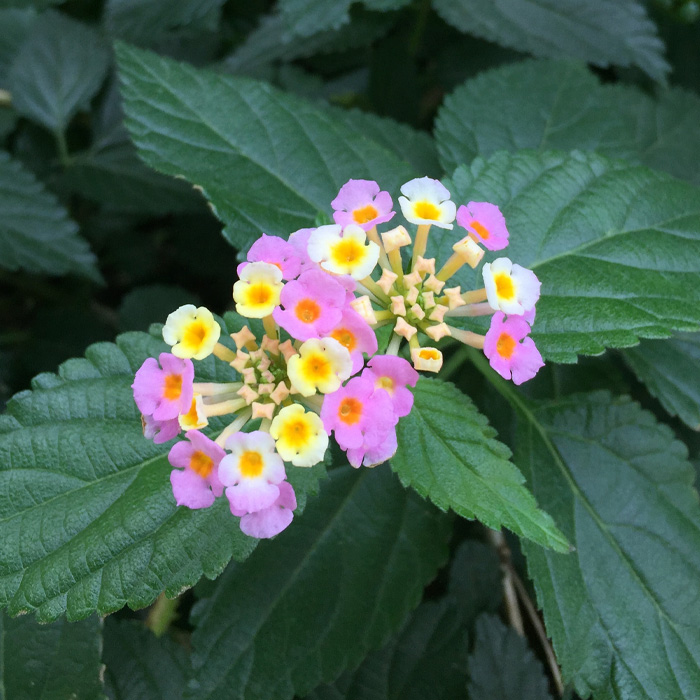




5
0